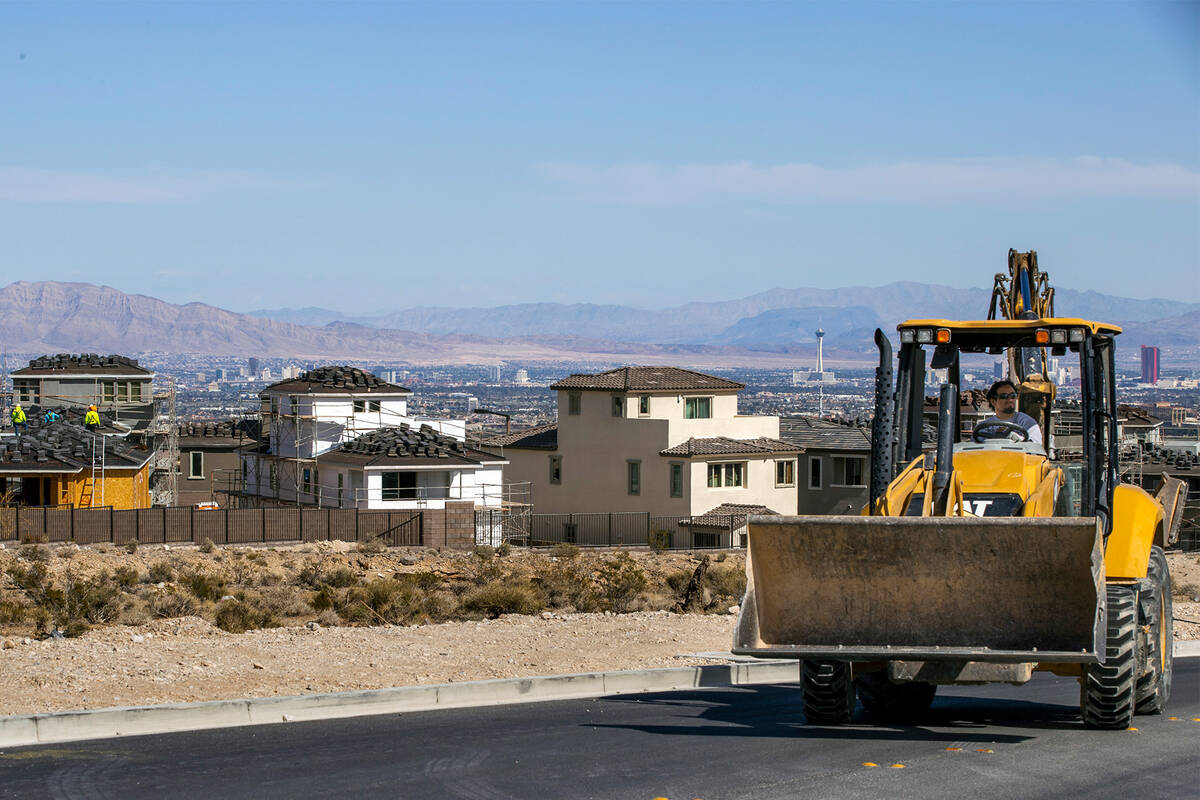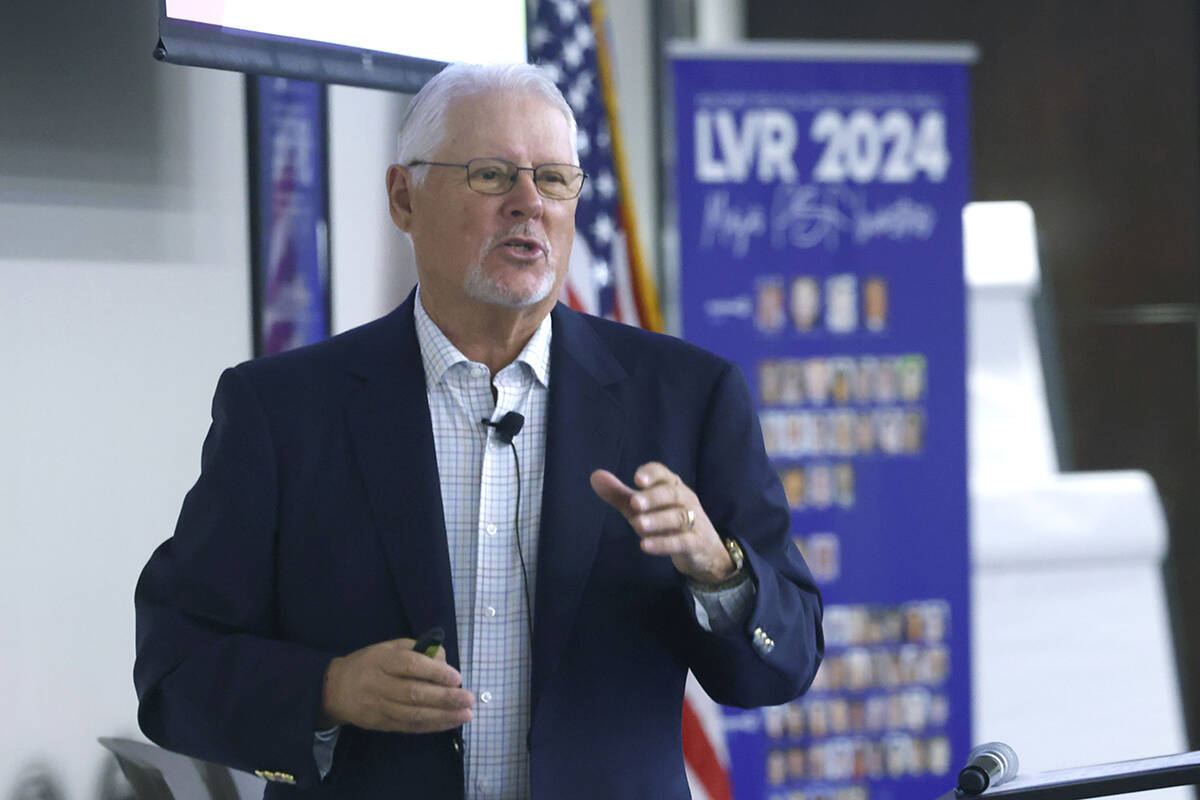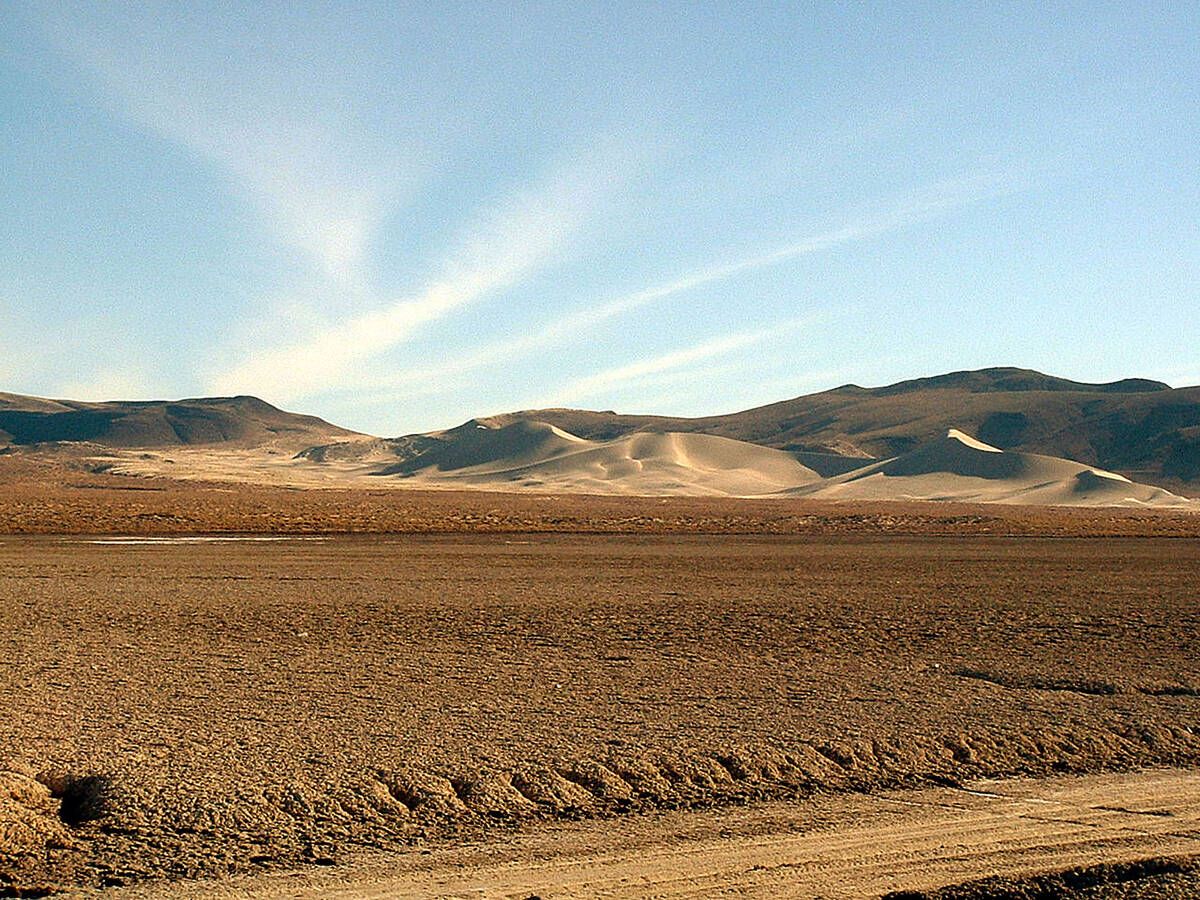How the federal government came to control the majority of land in Nevada
The federal government controlling the vast majority of land in Nevada dates all the way back to the 1800s when the territory was first admitted to the United States, according to a former longtime employee.
When Nevada became a state in October 1864, state representatives and stakeholders were only eyeing the northern part of Nevada due to its vast potential for natural resource extraction and agriculture, Mike Ford, a former Bureau of Land Management staffer and current public land consultant based out of the Las Vegas Valley, said.
“Back then no one had any idea whatsoever that Las Vegas would be anything at all,” he said. “Nobody knew what Southern Nevada would become so they were focused solely on that area.”
Ford said this is where the stage was set for Nevada to have the most federally controlled land out of any state in the country.
Home prices in the Las Vegas Valley broke record highs to start 2025 and are now just below record levels in the final quarter of the year. Homebuilders who spoke to the Review-Journal say the biggest hurdle to them building more homes and easing affordability for the region is the federal government.
Ford said back when Nevada became a state, the genesis for 2025’s current land problem began and continues to this day.
The state made a deal with Congress in the 1800s to focus on obtaining land in Northern Nevada given at that time it was where most of the people lived and where economic activity took place. So, Nevada traded 4 million acres of federal land for the right to choose 2 million acres anywhere in the state.
“Nevada was adjusting national law to fit the Great Basin conditions and most of the 2 million acres were selected in Northern Nevada. As a result, the United States owns and controls approximately 85 percent of the total land in Nevada, and approximately 90 percent of Clark County,” he said.
Ford said no other state has this much of its land controlled by the federal government and the closest is Utah at approximately 64 percent. Most states control almost all of their land within major metro areas outside of parkland, or the land is controlled by local counties or municipalities.
The Southern Nevada District Office of the Bureau of Land Management declined to comment for this article citing the government shutdown.
Where does that leave the land in 2025?
Fast forward to 1998 and the state passed the Southern Nevada Public Land Management Act, which according to the Bureau of Land Management’s official website is to allow them to “sell public land within a specific boundary around Las Vegas, Nevada.” Ford, who was working for the BLM at the time, said the goal was simple, to offload land within the valley due to its “explosive” growth since the early 1950s.
However, this didn’t happen at the pace originally envisioned and over 29,000 acres remain under BLM management in the identified disposal area in the Las Vegas Valley after 27 years, he said.
The result in the Las Vegas Valley is clear to see, according to NAIOP Southern Nevada President Matthew Hoyt, who works for commercial real estate company LaPour. He said they started noticing serious “constraints” on the valley’s real estate sector as far back as 2016.
“The BLM has been slow to release it (land) for awhile,” he said. “And when the Southern Nevada Public Lands Management Act was passed there was some kind of understanding that there was a shortage and responsible release was needed at the time but this has been going on almost 30 years at this point.”
When BLM does make land available for sale through auction, an acre sells for as much as $240,000 dollars per acre, said Ford, when land sales are averaged out over the past 26 years.
Related: Feds look to sell thousands of acres of land north of Las Vegas
Obtaining rights-of-way from BLM also have to be taken into account when trying to financially pencil in a project, real estate experts said, as running basic utilities through federal land is a process that can take up to three years.
Hoyt said any federal land within the Las Vegas Valley’s disposal boundary in regards to the Southern Nevada Public Lands Management Act should be handled by the county or municipalities.
He said an act of Congress looks like the only viable path right now to getting the land from the feds so the private sector can keep up with economic demands and population growth in the region. Both Democrats and Republicans have taken stabs at releasing land through legislation, however have had little success in disposing of large amounts of land.
“Our local officials are the ones who should be planning this, the BLM doesn’t plan and build communities, that’s what local government does,” Hoyt said. “And we should be relying on our local governments to make good decisions rather than the federal government and the BLM know about planning communities and growing and diversifying our local economy?”
Contact Patrick Blennerhassett at pblennerhassett@reviewjournal.com.





















